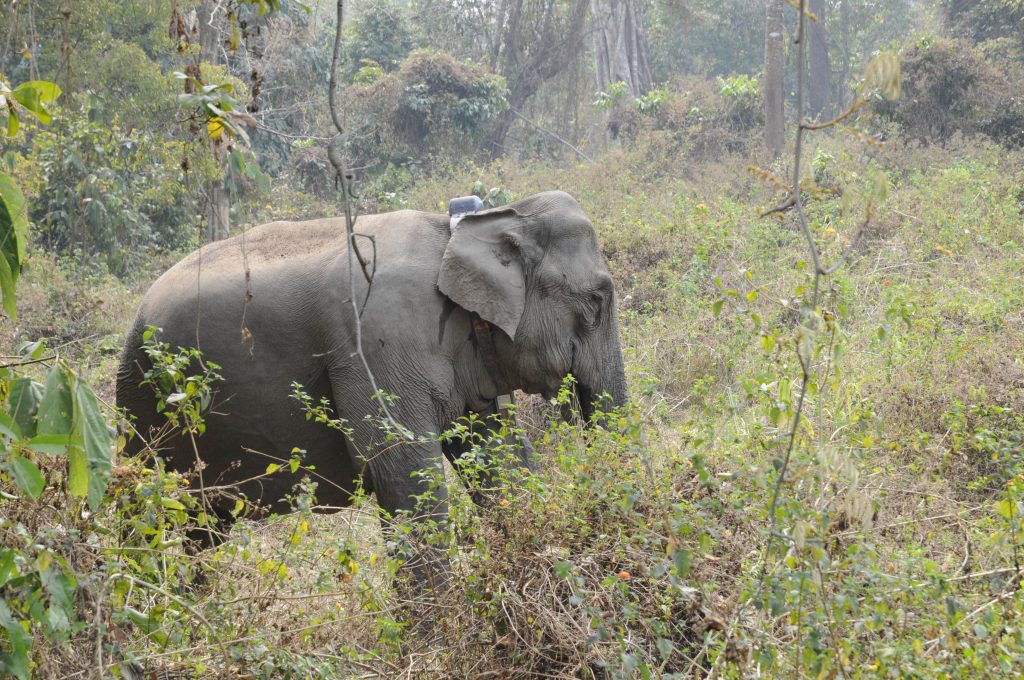
Animal Movement
Principal Investigator:
Dr. Maria Thaker (Centre for Ecological Sciences, IISc)
Co-Investigators:
Dr. Abi T.Vanak (Ashoka Trust for Research in Ecology and the Environment)
Dr. Bibhuti Lahkar (Aaranyak)
Dr. Bilal Habib (Wildlife Institute of India)
Dr. Parag Nigam (Wildlife Institute of India)
Dr. Raghunandan Chundawat (BAAVAN)
Dr. Raman Sukumar (Centre for Ecological Sciences, IISc)
Dr. Soumya Prasad (Nature Science Initiative)
Dr. Suresh Kumar (Wildlife Institute of India)
Climate change is projected to alter species distributions, demography, and diversity, but these population and community-wide changes are likely to be detected over multiple years. By contrast, behavioral processes, such as the spatial and temporal patterns of animal use of their landscape, are highly sensitive to environmental change and are likely to be the first detectable shifts in animal responses to climate-related changes in environments. The LTEO program will employ advances in the field of movement ecology, including high-end GPS and satellite telemetry and recent innovations in analytical techniques, to understand how animals are utilizing the environment. An understanding of how willing animals are to traverse the fragmented and changing human-dominated matrix that comprises their environments is critical to understanding coexistence and survival strategies. By tracking the MovementEcology of key sentinel species, this program will provide the fastest insight into the effects of local and global anthropogenic disturbances.
The overall objective is to understand the multi-scale movement strategies of animals in response to changing environments. The primary approach involves the use of high-resolution GPS or satellite telemetry to determine fine-scale, daily, seasonal, and annual movement patterns of key sentinel species. We aim to track the Indian peafowl (Pavocristatus), golden jackal (Canis aureus), and sambar (Rusa unicolor) at all LTEO sites. These species play key functional roles in the ecosystem and their movement strategies will provide us with critical information about the generalities across sites, as well as site-specific drivers. Such data provides us with unique insight into the requirements and challenges for animal movement in real-time.
